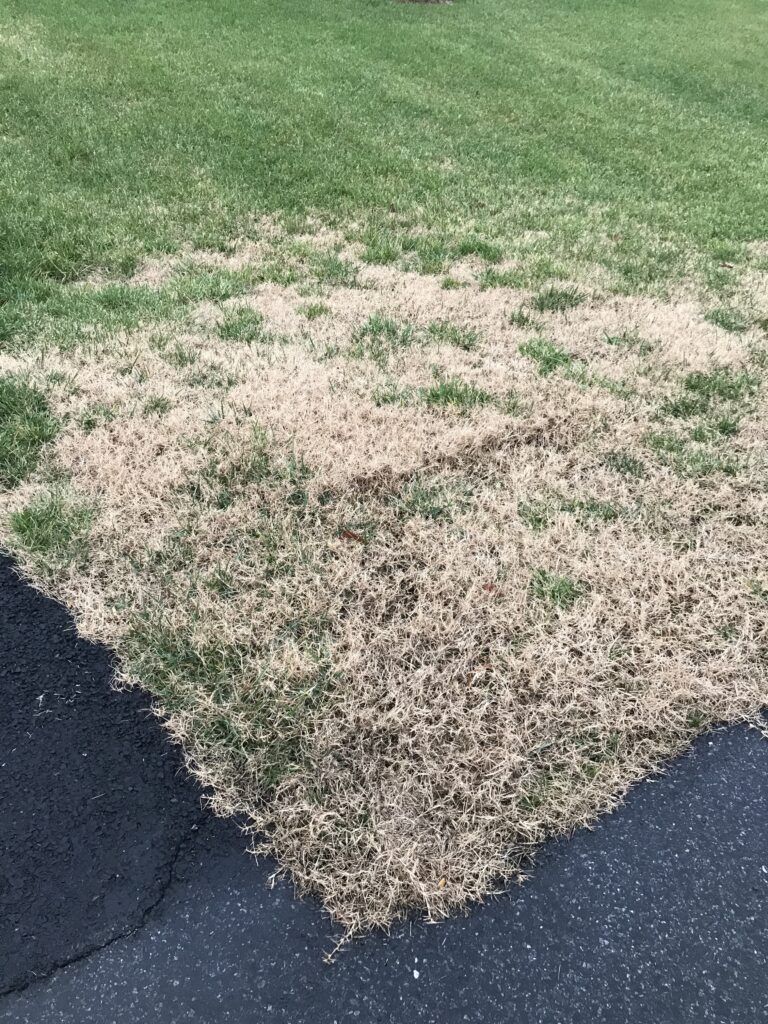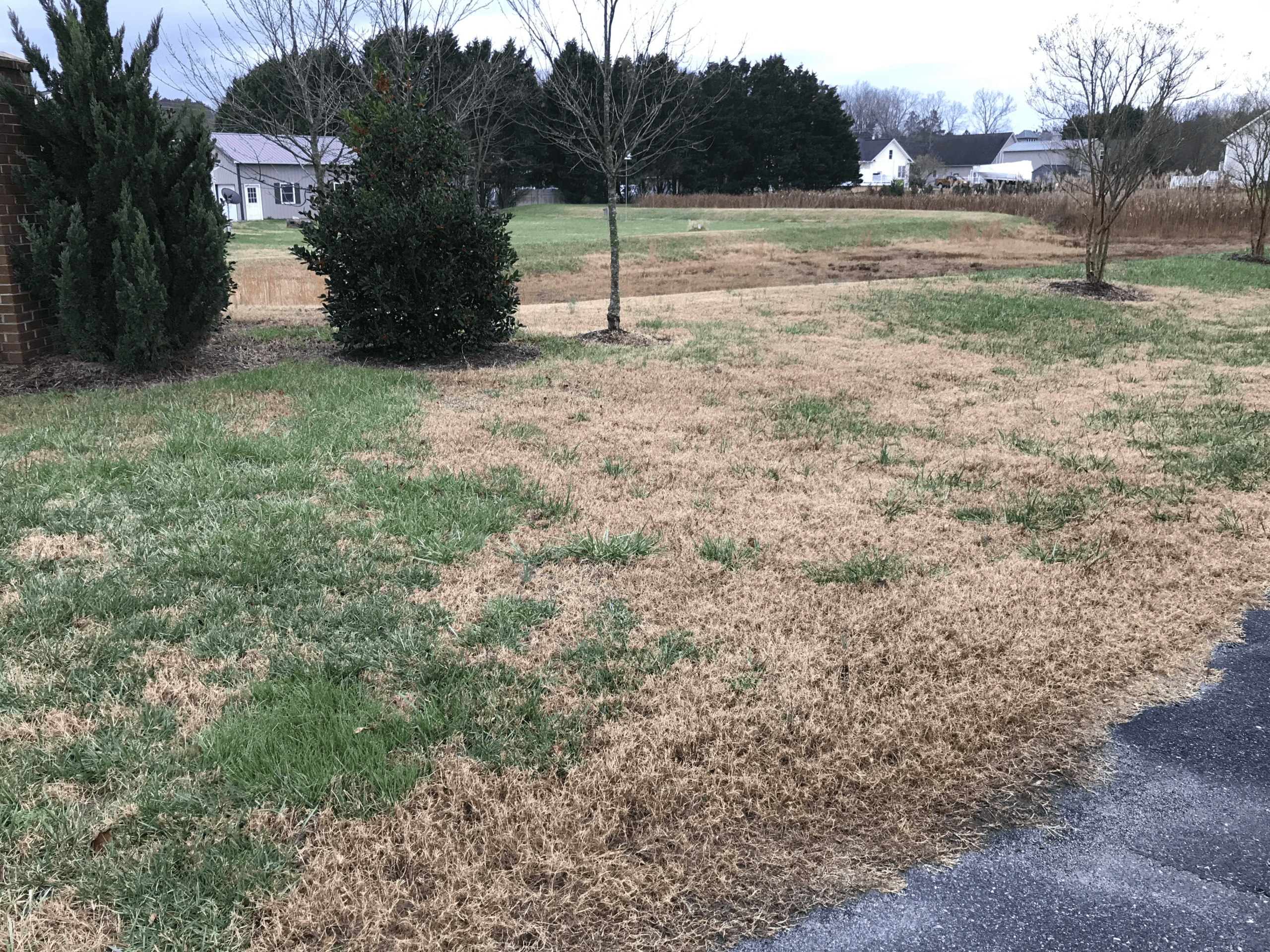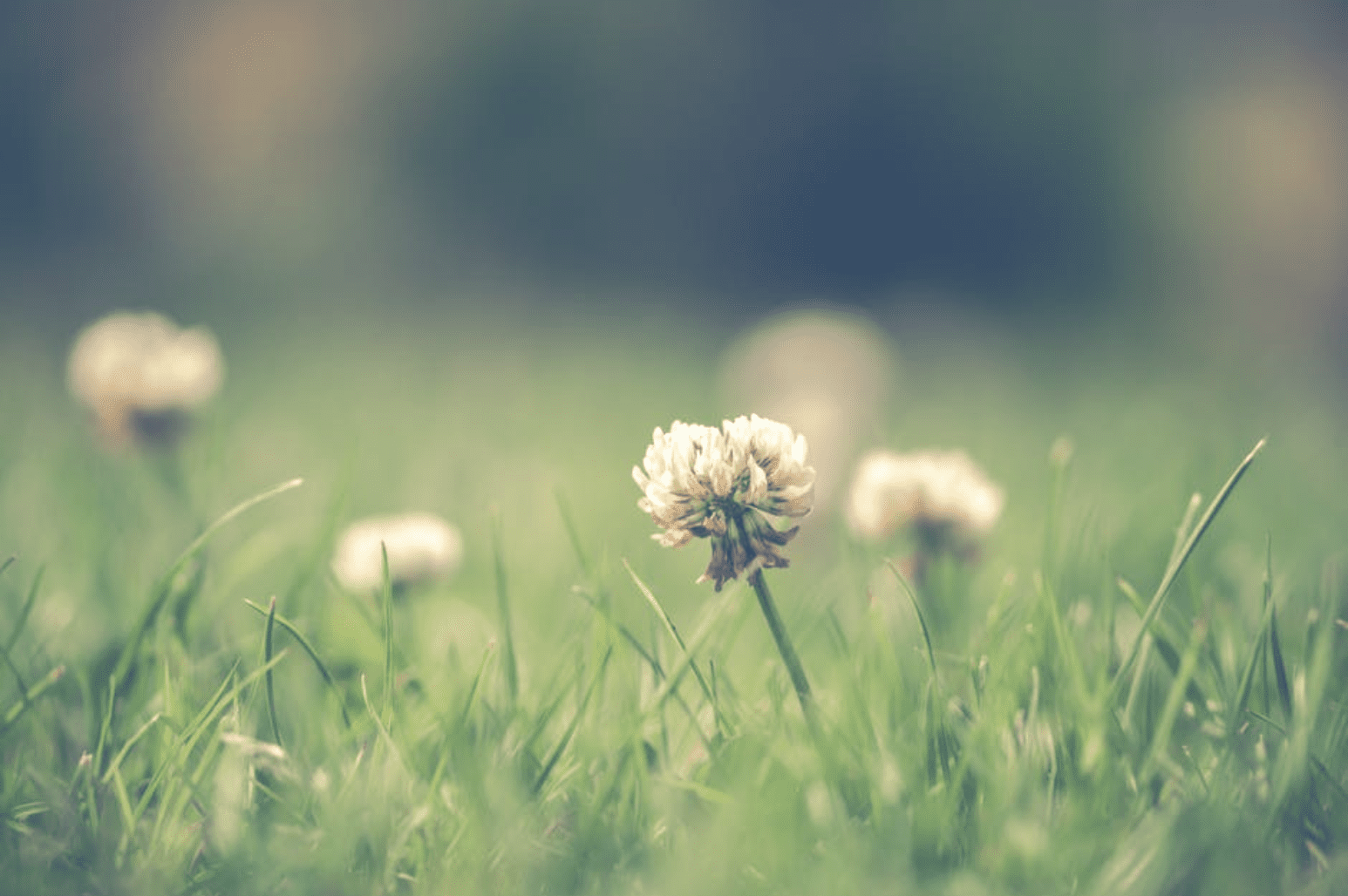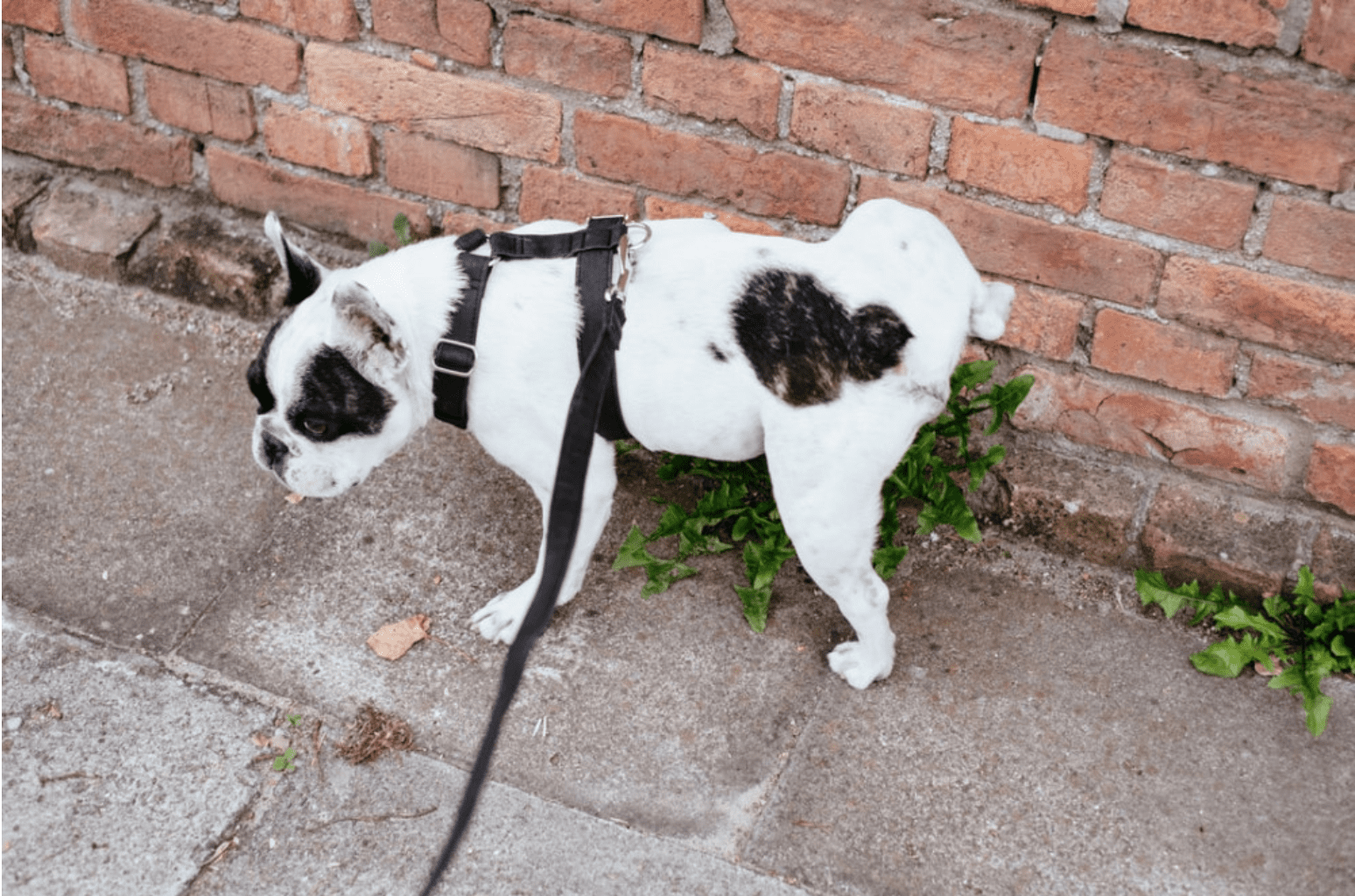Most homeowners work hard to have a lush and green lawn all year round, but nature doesn’t always cooperate. No matter how hard you work, you can’t prevent the grass from going dormant. Some people think they did something wrong, but that’s not the case. The dormant state of your grass is completely normal. But why does grass go dormant in the winter?
We didn’t notice any change in our grass when we lived in Pasadena, CA. As long as we watered the grass the grass was green. So I was curious to know why it was different in Delaware. I talked to a few of my neighbors and researched the topic and this is what I have learned.
Why Does Grass Go Dormant in the Winter?

Dormancy is a defense mechanism that grasses use to prevent damage or death by reacting to low or inadequate moisture conditions. It is essentially a temporary reduction in water and nutrients usage to reserve most resources for the roots.
Dormancy could happen in the summer or winter.
Change of color from green to brownish is the first clue that tells you your grass may be going dormant.
But not all grasses behave the same in all weather conditions.
Cool Season Grasses
Cool season grass usually has two growing seasons, spring and fall, and grow well in the middle to northern half of the United States. According to The Lawn Institute, cool season grass’s optimum growth is achieved at temperatures between 60 and 75°F (15.5 to 24°C). Cool season grasses include, fescues, Kentucky bluegrass, and perennial ryegrass. These grasses may go dormant in the summer or winter, depending on the region.
For example, we planted tall fescue sod in our house in Lewes, Delaware, and it didn’t go dormant in the summer, but it is starting to show signs of dormancy now in the middle of December.
So, cool season grasses will also enter dormancy when temperatures in winter go below about 40°F (4.4°C). We have had a few nights below 40°F in Lewes already, which is making the grass around the neighborhood starting to show dormancy signs.
Warm Season Grasses
The Lawn Institute, notes that warm-season turfgrass are those species with optimum growth at temperatures between 80 and 95°F (27 to 35°C). Warm season grass species include bahiagrass, bermudagrass, carpetgrass, St. Augustine, and zoysiagrass.
Warm season grasses are very unlikely to go dormant in the summer as long as it has sufficient water. On the other hand, falls and winters with temperatures below 55°F (10°C) will quickly send these grasses into dormancy. With low enough temperatures, this could potentially mean a dormancy period of up to 6 months, September through April.
How to Distinguish Dormant Grass From Dead Grass?
When homeowners see the color changes on their lawn, they fear that the grass is dying. Both dormant and dead grass typically look brownish, so it is not easy to tell the difference right away. If you notice any changes and you are unsure what they mean, look at your grass and answer the following questions:
Is It the Right Season for Your Grass to Go Dormant?
This may seem obvious, but first, you need to make sure that your grass is not turning brown in the wrong season. In other words, if you have a warm season grass as described above and notice your grass is turning brown in the summer, it is doubtful that your grass is going dormant. It may be dying.
By the same token, if you have a cool season grass, it shouldn’t go dormant in spring or fall unless the temperatures are unseasonable cold or hot. So, if you see your cool season grass turning brown in Spring or Fall, there is a good chance that your grass may be dying.
There are other ways to help you determine if your is your grass is dormant or dead.
Is the Grass Becoming Evenly Brownish?

Brown is definitely one of the colors you don’t want to see on your lawn, but it doesn’t always mean that the grass is dead. During the dormant period, the grass will change color and become brownish. If there are no other signs of dead grass, there is a high chance the grass is going to recover.
A good indication that your grass is going dormant is that it is turning brown evenly. Now, this is not an easy thing to assess. Are there brownish spots or patches not connected to each other? That may be a sign of dead grass. Brownish spots may be caused by dog urine also. The picture to the right is an example of a grass that is starting to go dormant.
I know it is not that easy to tell, but you can also go over the additional questions below to be more sure.
Does It Become a Bit Greener After Watering?
As already mentioned, grass goes dormant to conserve nutrients and water, which are less available during winter. You can help your grass by watering it but be careful. If the temperatures are below freezing, watering may cause more harm than good, and you should avoid it.
Try to water it and see what happens. If it turns green again, it means that the grass is dormant.
Is There a Mildewed or Moldy Odor?
Some areas are dry in winter, while other areas are known for excessive rainfall. Overwatering can also kill the grass. Adjust the sprinkler system because your lawn does not need as much water as it needed during summer.
Moldy odor together with color change means that your grass is dying.
How Long Has It Been Since Your Grass Was Watered?
Dormancy can potentially lead to death. If the winter lasts longer than usual and lacks rainfall, you should water your lawn twice a month. Do not overwater it because it does not need as much water during winter as it needs in summer.
Dormant grass will likely stay dormant and will not die. Nature has ways to cope with bad conditions, but you should help it a little bit just in case.
How Do I Maintain Dormant Grass?
Even though the grass is dormant, you can still perform some lawn maintenance and care.
In addition to the occasional watering, if needed, you should avoid walking over it, especially if the grass is frozen.
Remove the weeds because weeds steal water and nutrients your grass desperately needs, especially during dormancy. It is actually an excellent time to kill weeds, as the weeds are also a bit weaker due to the lack of rain and nutrients.
You can also remove any fallen leaves to enable sunlight to reach the grass. These are some things you can do regularly anyhow.
Another good thing for your lawn would be fertilizing it, which will prepare the grass for spring when the grass will “wake up” and grow again. There are different types of fertilizers, so make sure you choose a suitable one for your lawn. Potash is great for warm season grass, while nitrogen and phosphorus, combined with potash, are great for cold season grass.
Many homeowners ask about trimming the grass in winter. You will have to assess the situation and decide for yourself. If the temperatures are very low, the grass will not grow, and trimming will not be necessary. If the grass grows just a little bit, you can leave it like that. Trimming is necessary for those living in areas with mild winter when the grass obviously grows even during the “coldest” months,
Additionally, never cut more than the upper third of the grass height. This will reduce stress on the plant and help it stay alive in winter. Also, make sure that the blades are sharp to cut the grass, not break it. Taller grass has stronger roots, and healthier roots are essential for surviving harsh winters.
Related Posts:




